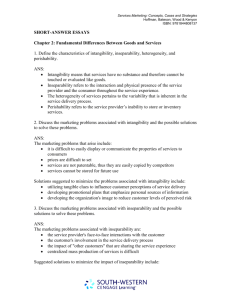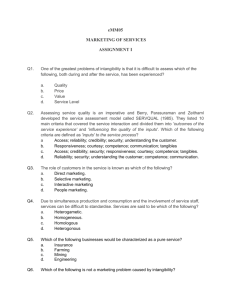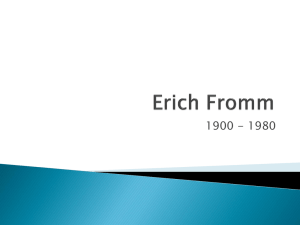Financial Services consumer
advertisement
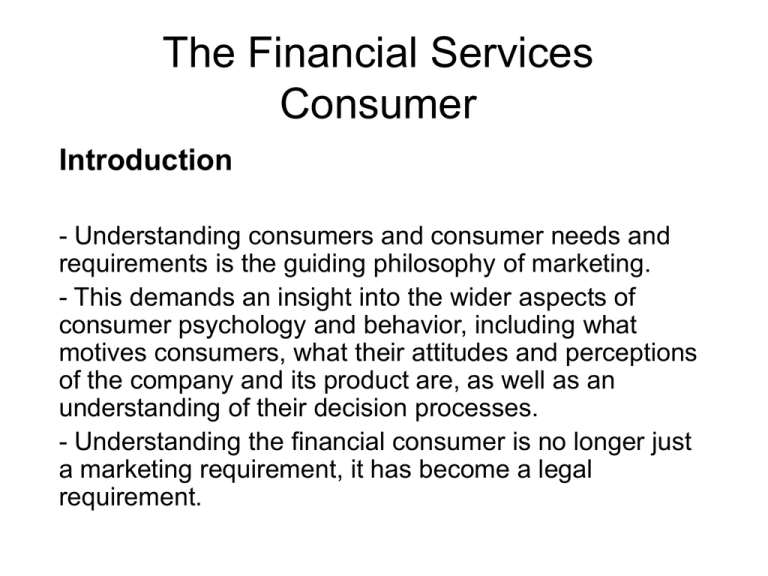
The Financial Services Consumer Introduction - Understanding consumers and consumer needs and requirements is the guiding philosophy of marketing. - This demands an insight into the wider aspects of consumer psychology and behavior, including what motives consumers, what their attitudes and perceptions of the company and its product are, as well as an understanding of their decision processes. - Understanding the financial consumer is no longer just a marketing requirement, it has become a legal requirement. Social and economic factors affecting the demand for financial services A more mature customer. Increased Importance of female customers. Alternative Sources of income. A more mobile customer. A more socially conscious customer. Financial Services characteristics and their implications for buyer behavior Services are different from goods, and that affect and change consumer’s behavior towards services and bring about differences in evaluation and decision making processes. In financial Services, it’s possible to find a great wide variety in the level of complexity of the products, varying levels of consumer participation, varying degrees of product uniformity from highly standards to completely customized, as well as high and low levels of involvement. Financial Services Characteristics 1- Intangibility Good: is an object, a device, a thing. Service: is a deed, performance, an effort. Intangibility as a characteristic creates two major problems for financial service provider: 1- Making the product difficult to grasp mentally. 2- Service cannot be displayed or physically demonstrated to customer, posting problems in the advertising and trial of products. Financial Services Characteristics 2- Inseparability Results from services being processes or experiences, where consumers become co-operators with the provider. (Customers act as a partial employees). Inseparability may only apply to a few financial products. Financial Services Characteristics 3- Heterogeneity Inseparability leads services being more prone to variation in quality. Two consequences raise: How the provider will deal with nonstandardization. It increases the uncertainty of the purchase decision. Financial Services Characteristics 4- Perishability Results because of simultaneous production and consumption, and leads to a problem of an inability to build and maintain stocks. Since there will be no inventory available for back-up, when demand exceeds capacity customers are likely to be sent away disappointed. Financial Services Characteristics 5- Fiduciary responsibility The implicit responsibility of financial service organizations for the management of their customer’s funds and the nature of financial advice supplied to their customer’s. Financial services consumers are essentially buying promises. In addition to confidence and trust, consumers rely on their cues ( Such as the size of the financial institution, its image and the longevity of business to provide an indication prior to purchase of the extent to which promises are likely to be honored. Financial Services Characteristics 6- Two-way information flows Financial services are not simply concerned with one-off purchases but involve a series of regular two-way transactions over an extended time period. Like: issuing statements, account handling, branch visits, use of ATM. This provides the potential for a wealth of information to be gathered on consumers. Implications for consumer evaluation processes As a result of financial services characteristics, three distinct qualities have been appeared and impacted consumer evaluation processes in the selection and purchase of services and its providers. 1) Search qualities: describe the attributes of a service which can be determined prior to purchase of the product. For financial services, such qualities relate to the tangibles that customer can draw information from, such as branch network, or technology. Implications for consumer evaluation processes 2- Experience qualities: relate to the attributes which are only discernible either during consumption or after purchase, thus not prior to the purchase. 3- Credence qualities: are characteristics which the consumer may find impossible to evaluate even after purchase and consumption. Ex. pensions and investment. Financial needs and motives for buyer behavior Motivation: forces which initiate and drive behavior towards attainment of specific goals or objectives. Goal: result of needs which cause a state of tension in an individuals. Goal object: techniques or devices used to achieve or attain goals. Need: a discrepancy between an actual and a desired state. Two conditions must present in motivation situation: 1- there must be a goal or an objective that acts as an incentive. 2- there must be a state or condition within the person that stimulates action Financial needs and motives for buyer behavior Many products are but a means to an end, whereas financial services largely provide a means to means to an end. Needs derive motives in a specific direction, individuals are generally motivated to experience pleasure and avoid pain: Approach objects_ positives goals provide attainment of pleasure. Avoidance objects_ negative goals provide the avoidance of pain. Basic financial needs that financial consumers have 1- Cash accessibility: frequent access. 2- Asset security: protect against theft and depreciation. 3- Money transfer: move money around. 4- Deferred payment 5- Financial advice: work as instrument to find a solution. Figure 2-4 Hierarchy of financial needs Financial services decision making Decision Making process: 1- Problem recognition 2- information search 3- evaluation of alternatives 4- purchase decision 5- post-purchase evaluation This model is built around the information processing model or the AIDA (Awareness, Interest, Desire and Action) which assumes buyers pass through a cognitive, affective, and behavioral stages when a product has a high degree of involvement. For simplicity, in financial services another model is used which breaks the process down into three stages: 1- pre-purchase information search, 2- evaluation of alternatives, 3- post-purchase evaluation
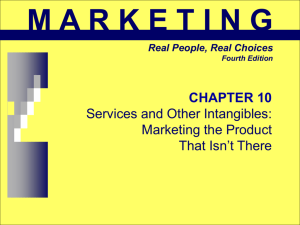



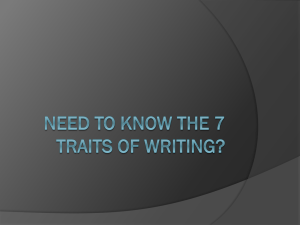
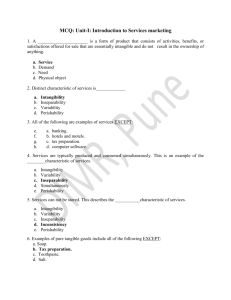

![Some Qualities of a Good Teacher[1]](http://s2.studylib.net/store/data/005352484_1-a7f75ec59d045ce4c166834a8805ba83-300x300.png)
